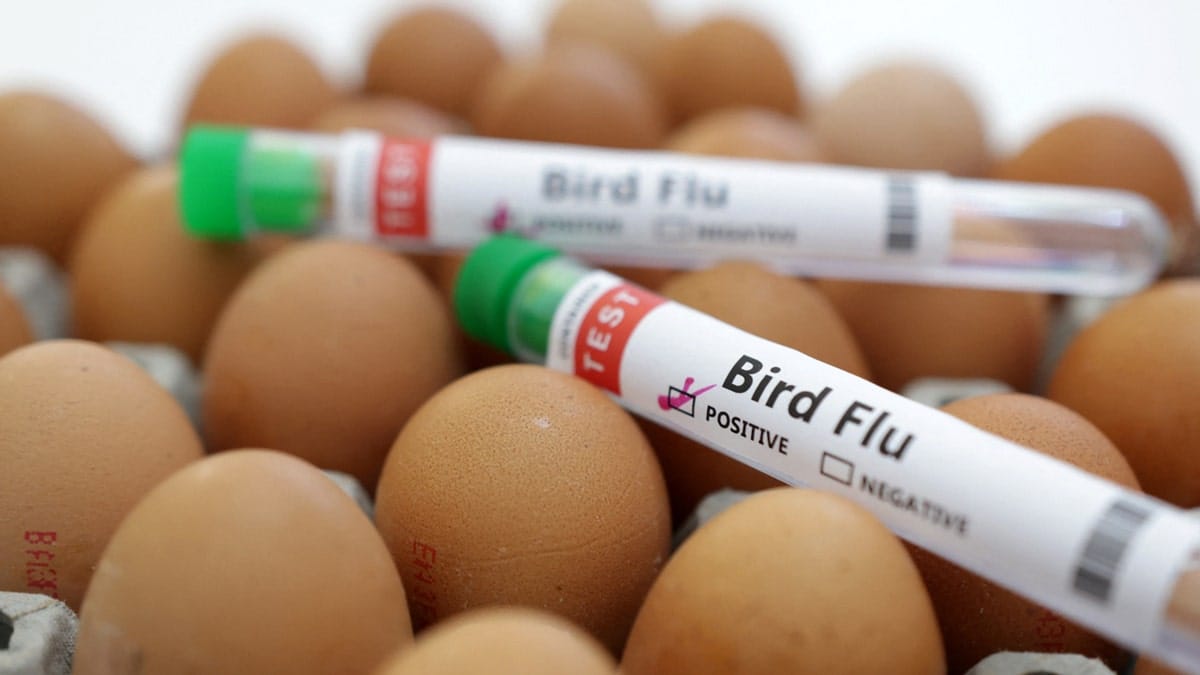Splash pads, often seen as a safe and fun water play option for children, have unfortunately been linked to numerous waterborne disease outbreaks across the United States from 1997 to 2022. These outbreaks raise significant public health concerns as they highlight potential risks associated with recreational water facilities that are not properly maintained or monitored. According to the Centers for Disease Control and Prevention (CDC), recreational water illnesses (RWIs) can arise from water contaminated with germs, leading to symptoms such as diarrhea, skin rashes, and respiratory issues.
A report from the CDC’s Morbidity and Mortality Weekly Report (MMWR) noted that splash pads are particularly vulnerable to contamination due to their design, which often recirculates water. This creates an environment where pathogens can thrive, especially if proper disinfection protocols are not followed. Between 1997 and 2022, there have been several notable outbreaks linked to splash pads, including cases of Cryptosporidium, E. coli, and Legionella. These pathogens are known to cause severe health issues, particularly in young children, the elderly, and individuals with weakened immune systems.
One significant outbreak occurred in 2016 in a splash pad in the Midwest, where over 100 individuals reported gastrointestinal illness after visiting the facility. Investigations revealed that the water was not adequately treated, leading to the spread of Cryptosporidium, a chlorine-resistant parasite that can survive in treated water for long periods.
In response to these incidents, public health officials have emphasized the importance of regular monitoring and maintenance of splash pads. Recommendations include frequent water testing for contaminants, proper filtration systems, and adherence to disinfection guidelines. Additionally, educating the public about the potential risks associated with splash pads and promoting good hygiene practices, such as showering before entering the water and avoiding splash pads when ill, are crucial steps in preventing future outbreaks.
The increase in popularity of splash pads in recent years, particularly during the summer months, has prompted a reevaluation of safety standards and regulations governing these facilities. Local health departments are encouraged to implement stricter oversight and to collaborate with splash pad operators to ensure that health guidelines are followed.
As communities continue to invest in recreational water facilities, it is essential to balance enjoyment with safety. Parents and guardians should remain vigilant about the conditions of splash pads and report any concerns to local health authorities. By prioritizing public health measures, we can help ensure that splash pads remain a safe and enjoyable experience for families across the nation.
In conclusion, while splash pads provide a valuable recreational resource for communities, the associated risks of waterborne diseases must not be overlooked. Ongoing education, regulation, and maintenance are critical to safeguarding public health and preventing future outbreaks.
Sources:
– Centers for Disease Control and Prevention (CDC), Morbidity and Mortality Weekly Report (MMWR)
– “Waterborne Disease Outbreaks Associated with Recreational Water Use – United States, 2011-2012,” CDC
– “Cryptosporidiosis Outbreaks Associated with Swimming Pools – United States, 2007-2011,” CDC
– Local health department reports on splash pad incidents (2016-2022)



